Table of Contents
Quantum computers are a groundbreaking innovation poised to revolutionize the field of computing. Unlike classical computers that rely on bits for information processing, quantum computers leverage the principles of quantum mechanics to utilize quantum bits or qubits.
What is Quantum Computing?
Quantum computing utilizes the fundamental principles of quantum mechanics to perform complex calculations at remarkable speeds. While classical computers operate using bits (either 0 or 1), quantum computers employ qubits, which can exist in multiple states simultaneously through a phenomenon called superposition.
This ability enables quantum computers to perform parallel computations, making them exponentially more powerful than classical computers.
Quantum Supremacy:
An important milestone in quantum computing is the achievement of quantum supremacy. In 2019, Google’s quantum computer, Sycamore, completed a task that would have taken the world’s fastest classical supercomputer thousands of years to solve. This breakthrough demonstrated the immense potential of quantum computers and marked a significant advancement in the field.
Quantum Algorithms and Applications:
Quantum computing presents a wide array of possibilities for solving complex problems that are practically intractable for classical computers. Several quantum algorithms, including Shor’s algorithm and Grover’s algorithm, have been developed to efficiently address specific challenges. These algorithms find applications in cryptography, optimization, drug discovery, material science, and artificial intelligence.

Types of Quantum Computer
There are several different types of quantum computers that have been proposed and developed. Here are some of the main types:
1. Quantum Gate-Based Computers:
These are the most well-known and widely studied type of quantum computers. They use quantum bits or qubits to perform computations. Quantum gates manipulate the state of qubits to perform operations such as quantum logic gates and quantum circuits.
2. Adiabatic Quantum Computers:
Adiabatic quantum computers use a different approach to computation than gate-based computers. They rely on the adiabatic theorem to gradually transform the system from an initial state to a desired final state representing the solution to a problem.
3. Topological Quantum Computers:
Topological quantum computers are based on the principles of topological quantum field theory. They use anyons, which are exotic quasi-particles with non-Abelian statistics, to perform quantum computations. These systems have the potential to be more robust against errors.
4. Quantum Annealers:
Quantum annealers are specialized quantum computers designed to solve optimization problems. They use quantum annealing, a technique that explores the energy landscape of a problem to find the optimal solution. D-Wave Systems is a prominent company that has developed quantum annealers.
5. Photonic Quantum Computers:
Photonic quantum computers use photons (particles of light) as qubits. They can be manipulated using various optical elements and interference effects to perform quantum computations. Photonic qubits have the advantage of being relatively resistant to decoherence.
6. Ion Trap Quantum Computers:
Ion-trap quantum computers use individual ions as qubits. The qubits are trapped using electromagnetic fields and manipulated using lasers. These systems have achieved high levels of control and coherence and have been used to perform quantum operations and algorithms.
7. Superconducting Quantum Computers:
Superconducting quantum computers use superconducting circuits to create and manipulate qubits. These circuits require extremely low temperatures to operate, typically close to absolute zero. Some of the most well-known quantum computer companies, such as IBM and Google, are pursuing superconducting qubit technology.
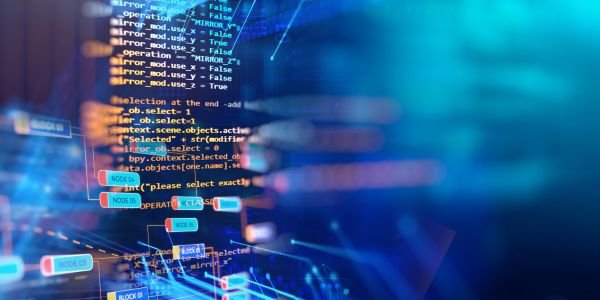
Impact on Industries:
a. Cryptography:
Quantum computers have the potential to break existing encryption algorithms, posing a threat to data security. However, efforts are underway to develop quantum-resistant cryptographic methods to ensure data security in the future.
b. Optimization:
Quantum computers excel in solving optimization problems, such as route optimization and supply chain management. Their ability to process vast amounts of data simultaneously enables businesses to streamline operations and improve efficiency.
c. Drug Discovery:
The pharmaceutical industry can greatly benefit from the accurate simulation of molecular interactions enabled by quantum computing. Quantum computers can accelerate the discovery of new drugs, significantly reducing the time and resources required for their development.
d. Artificial Intelligence:
Quantum machine learning algorithms hold promise in enhancing AI capabilities, enabling faster training of complex models, and improving pattern recognition.
Current Challenges and Future Prospects:
While quantum computing shows immense promise, challenges remain on the path to widespread adoption. Quantum systems are highly sensitive to environmental interference, necessitating advanced error correction techniques to maintain computation integrity. Additionally, the development of scalable quantum hardware remains a significant challenge.
Looking ahead, researchers are actively working on building more robust quantum systems, exploring new materials for qubit fabrication, and improving error correction algorithms. These advancements will pave the way for practical applications of quantum computing in various domains, unlocking its true potential.
Quantum computing represents a monumental leap in computational power, offering groundbreaking solutions to previously insurmountable problems. As the field progresses, quantum computers will continue to transform industries, revolutionizing cryptography, optimization, drug discovery, and artificial intelligence.
Although challenges persist, the future of quantum computing looks promising, holding the key to unlocking a new era of technological advancement. Embracing this cutting-edge technology will propel us into a future where complex problems are solved with unprecedented speed and efficiency.
FAQ
What is quantum supremacy, and why is it significant for quantum computers?
Quantum supremacy refers to the point at which a quantum computer can solve a specific problem faster than any classical computer. Achieving quantum supremacy demonstrates the potential of quantum computers to outperform classical computers in certain tasks, marking a major milestone in the development of quantum technologies.
What is quantum error correction, and why is it crucial for quantum computing?
Quantum error correction is a set of techniques used to protect quantum information from the effects of noise and errors in quantum systems. It involves encoding quantum states in such a way that errors can be detected and corrected. Quantum error correction is vital for building reliable, fault-tolerant quantum computers capable of performing complex computations.
What is quantum entanglement, and how is it leveraged in quantum computing?
Quantum entanglement is a phenomenon where two or more quantum particles become correlated in such a way that the state of one particle cannot be described independently of the others. In quantum computing, entanglement is harnessed to create quantum bits (qubits) that can exhibit superior computational power and enable quantum algorithms to solve certain problems more efficiently than classical algorithms.
What are the major challenges in scaling up quantum computers?
One of the main challenges in scaling up quantum computers is mitigating the effects of noise and decoherence, which can cause errors in quantum computations. Another challenge is increasing the number of qubits while maintaining their quality and connectivity.
Additionally, designing and building quantum hardware with low error rates and reducing the resources required for quantum error correction are ongoing challenges.What are topological qubits, and how do they differ from other types of qubits?
Topological qubits are a type of qubit that relies on manipulating the non-local properties of quantum states. Unlike physical qubits, which are typically based on individual particles (e.g., ions or superconducting circuits), topological qubits are more robust against errors caused by local perturbations. They have the potential to provide greater stability and improved error correction, making them an attractive option for building large-scale quantum computers.
How does quantum parallelism contribute to the computational power of quantum computers?
Quantum parallelism is a fundamental concept in quantum computing that allows quantum algorithms to perform multiple calculations simultaneously. Through the superposition of quantum states, quantum computers can explore multiple solutions in parallel, offering the potential for exponential speedup compared to classical computers for certain types of problems, such as factoring large numbers using Shor’s algorithm.
Are there any limitations to quantum computing?
Yes, quantum computing has several limitations. Quantum computers are currently highly sensitive to environmental disturbances, making them prone to errors. Scaling up the number of qubits and maintaining their coherence is challenging.
Additionally, quantum algorithms are not universally faster than classical algorithms and are only advantageous for specific problem types. Quantum computers also require careful error correction and face significant engineering hurdles.What is quantum annealing, and how does it differ from universal quantum computers?
Quantum annealing is a specialized form of quantum computation that aims to find the lowest energy state (ground state) of a given problem. It is particularly suited for optimization problems. Quantum annealing machines, such as those produced by D-Wave Systems, employ a different architecture and approach compared to universal quantum computers, which are designed to perform arbitrary computations using quantum gates.
How does quantum cryptography enhance security compared to classical cryptographic methods?
Quantum cryptography utilizes the principles of quantum mechanics to provide secure communication and data exchange. Quantum key distribution (QKD) allows two parties to establish a secret key with unconditional security, as any attempt to eavesdrop on the quantum communication will introduce detectable disturbances. This feature makes QKD more secure against certain types of attacks compared to classical cryptographic methods.
What are the current practical applications of quantum computers?
While large-scale, fault-tolerant quantum computers are still under development, quantum computers have already shown promise in several areas. These include quantum simulation for studying complex physical systems, optimization problems, machine learning, cryptography, and materials science research. However, many practical applications are still in the early stages and require further advancements in quantum hardware and algorithms.
References:
1. Reference: “Quantum Computing” – Stanford Encyclopedia of Philosophy
Link: https://plato.stanford.edu/entries/qt-quantcomp/
2. Reference: “Quantum Supremacy Using a Programmable Superconducting Processor” – Nature
Link: https://www.nature.com/articles/s41586-019-1666-5
3. Reference: “Quantum Algorithms” – Microsoft Quantum
4. Reference: “Quantum Computing Applications in Optimization and Machine Learning” – arXiv
Link: https://arxiv.org/abs/2104.08392
5. Reference: “Quantum Computers Could Crack Encryption – But That’s Not the Worst of It” – Scientific American
Also, read Stroboscope

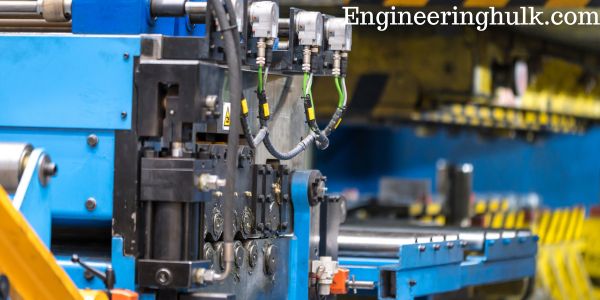


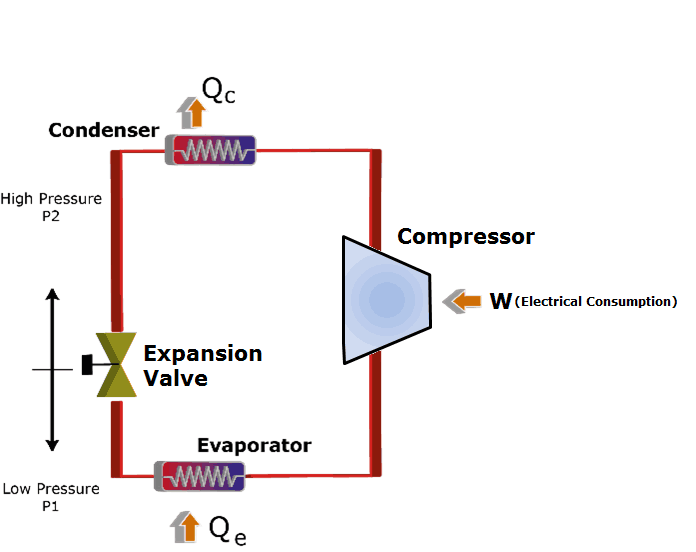

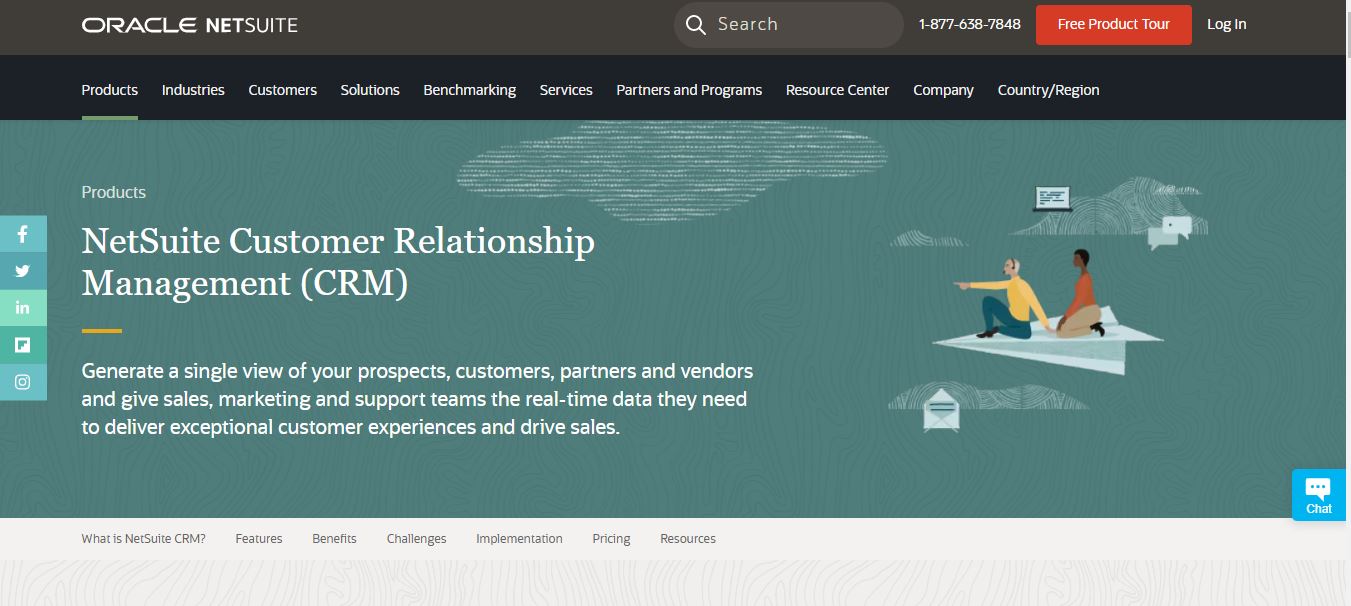

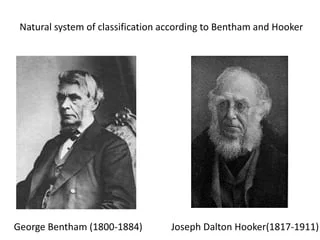
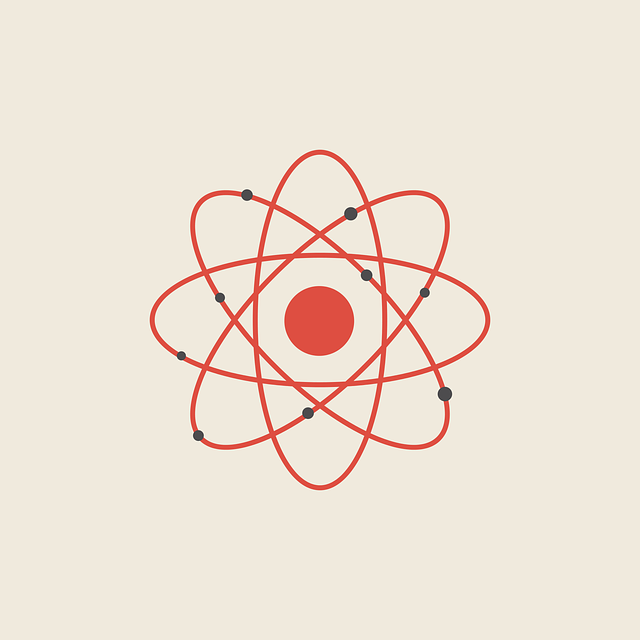






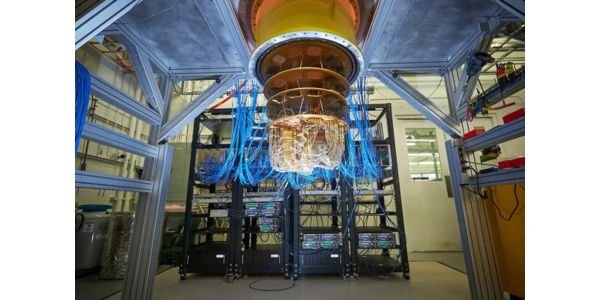

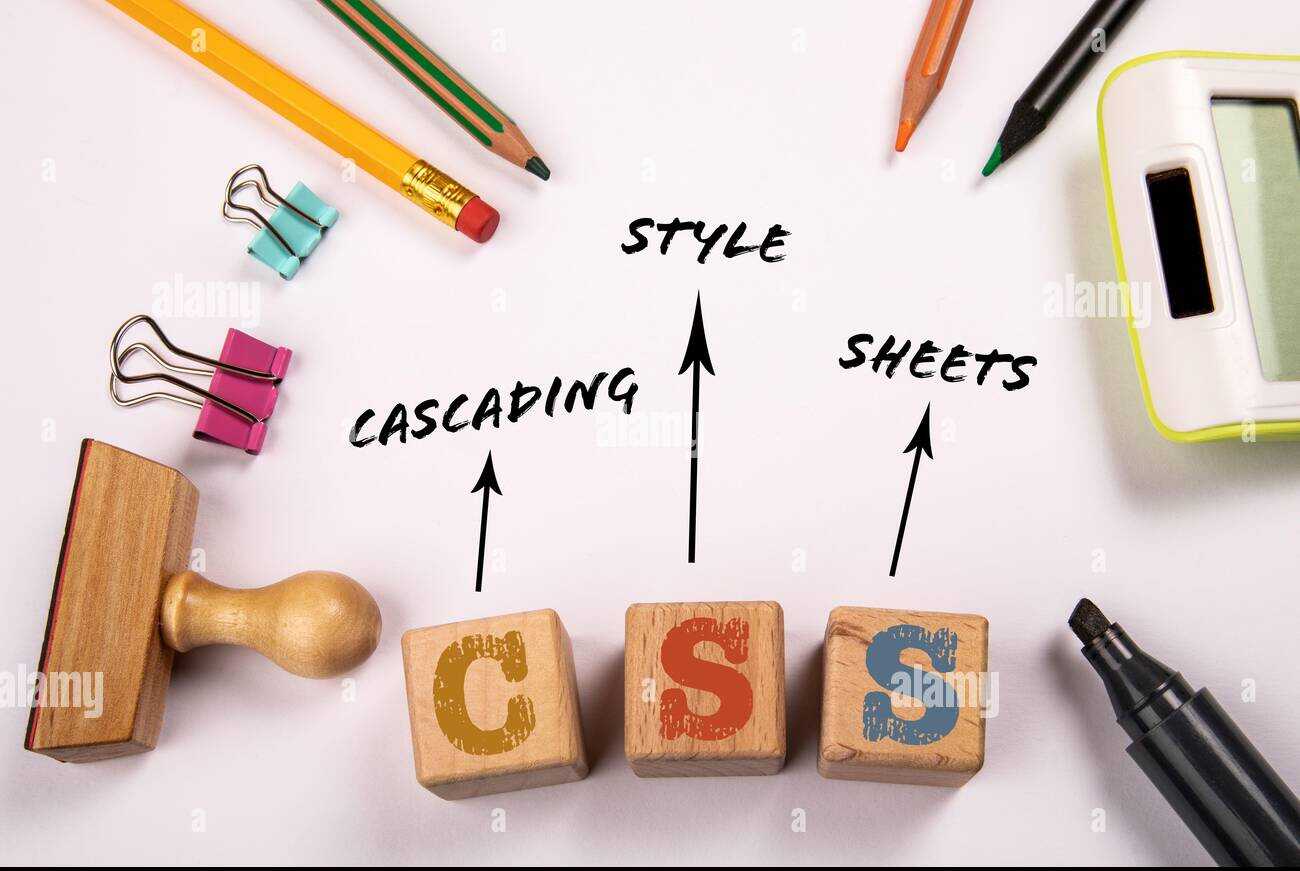


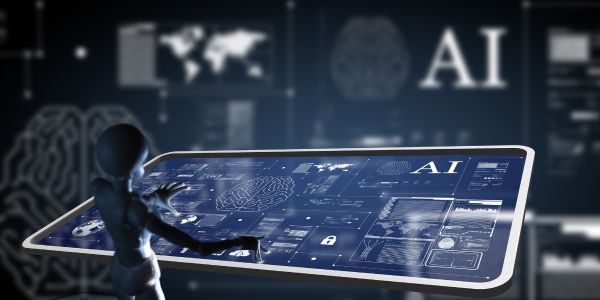



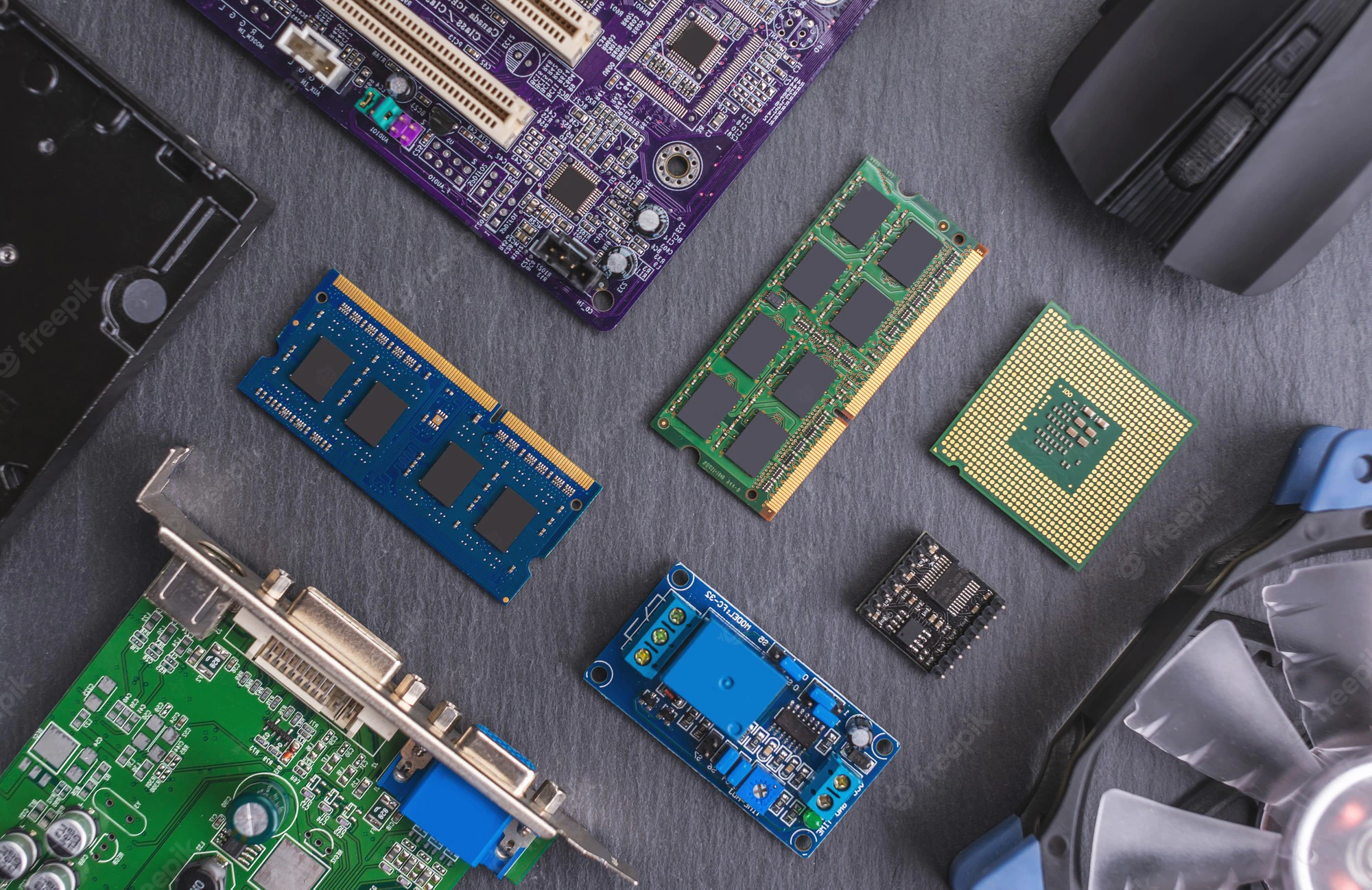
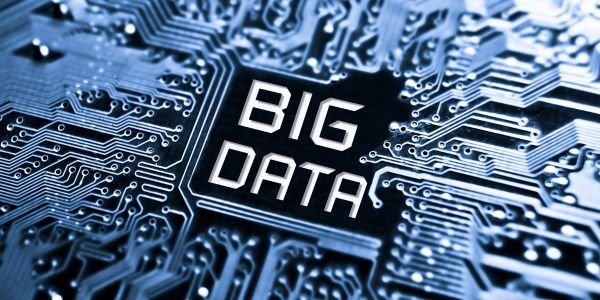
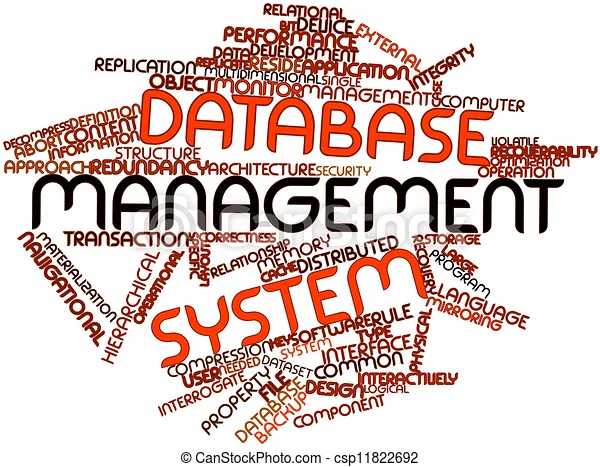
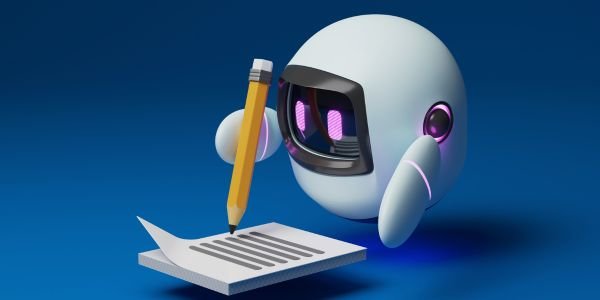
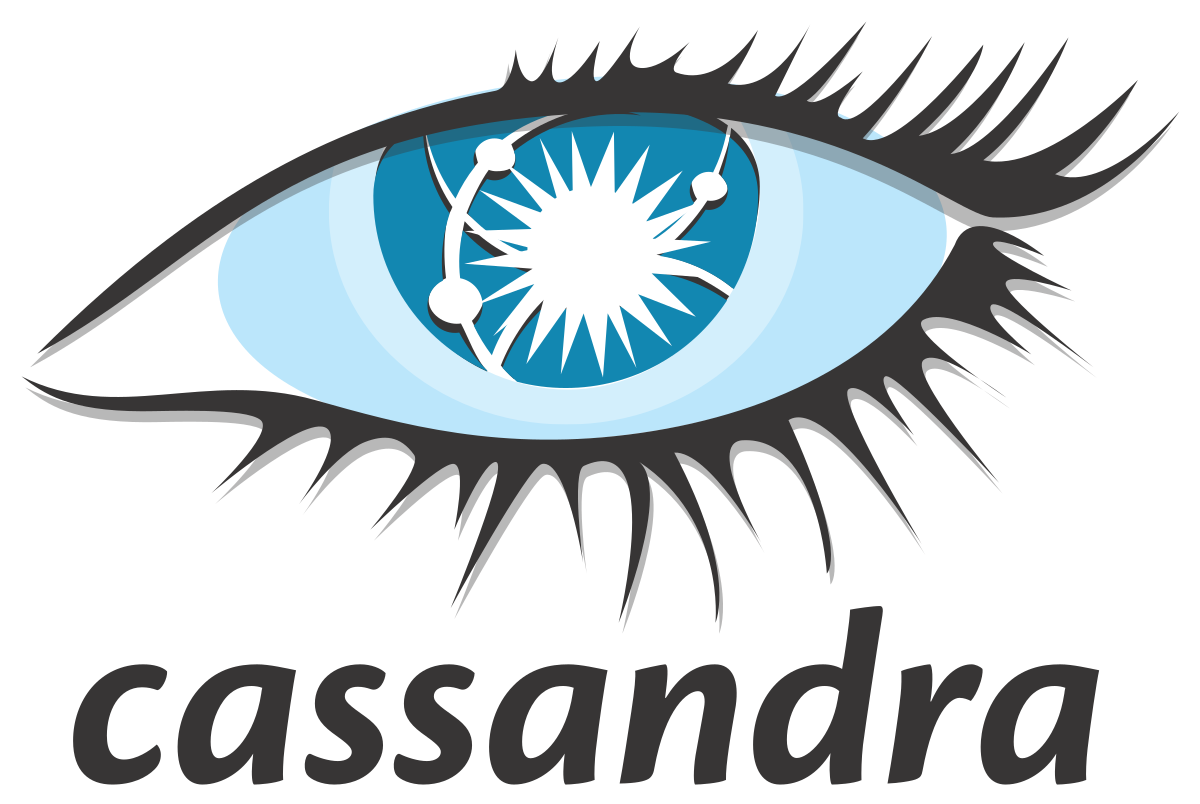
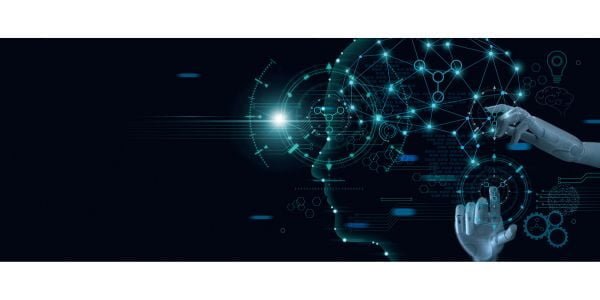
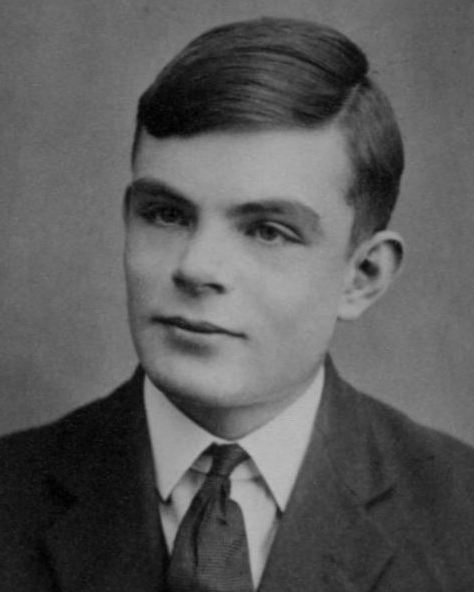
Comment on “Quantum Computers: Revolutionizing the Future”
Comments are closed.